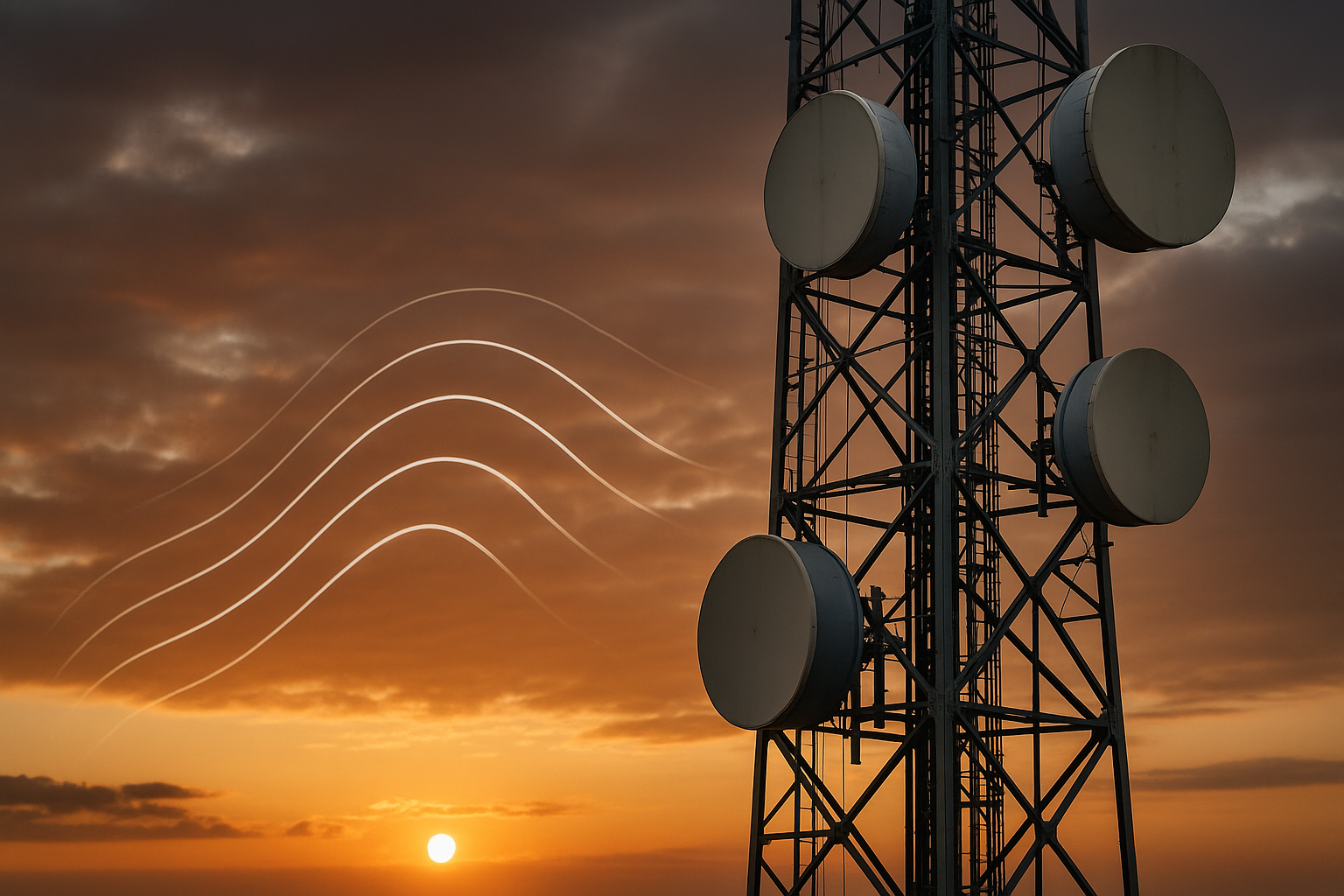Understanding Terrestrial Microwave Communication: The Past, Present, and Future
Microwave technology has played a pivotal role in the telecommunications sector for several decades. Its widespread application in terrestrial communication has been instrumental in facilitating high-speed data transmission over long distances. This article delves into the evolution, current trends, and potential future of terrestrial microwave communication.

Microwave Communication: A Historical Perspective
Terrestrial microwave communication took root in the 1950s, providing an alternative to the then-dominant coaxial cable technology for long-distance telecommunication. Its primary advantage was the ability to transmit data over the air, which made it an economical and efficient solution for remote or difficult-to-reach areas. Over the years, improvements in antenna design, modulation techniques, and signal amplification have significantly increased the capacity and reliability of microwave links.
Current Trends and Regulatory Changes in Microwave Communication
Today, microwave communication continues to be a key pillar of modern telecommunication networks. While it has been somewhat overshadowed by fiber optics and satellite communication in some sectors, it remains indispensable for point-to-point data transmission, particularly in regions where laying cables is unfeasible or prohibitively expensive.
Regulations governing microwave communication have evolved to accommodate technological advancements and market dynamics. The allocation and management of frequency bands are key regulatory concerns, with the aim to prevent interference and promote efficient usage.
The Impact and Challenges of Microwave Communication
Despite its many advantages, microwave communication faces a few challenges. Weather conditions can affect signal quality, and interference from other sources can degrade performance. Moreover, the finite availability of frequency bands necessitates careful management and allocation.
However, the impact of microwave communication in bridging connectivity gaps, particularly in challenging terrains, cannot be overstated. It is a key enabler of emergency communication systems, television broadcasting, and wireless networking, among other applications.
The Future of Microwave Communication
Looking ahead, microwave technology holds significant promise. The advent of adaptive modulation, which allows for dynamic adjustment of signal characteristics based on current conditions, has the potential to enhance performance and reliability. Additionally, the integration of microwave links with fiber optic networks can combine the strengths of both technologies, offering high-capacity, resilient, and cost-effective connectivity solutions.
In conclusion, terrestrial microwave communication has been, and continues to be, a vital component of the telecommunication landscape. As technological advancements continue to unfold, it is poised to play an even more crucial role in the future.





